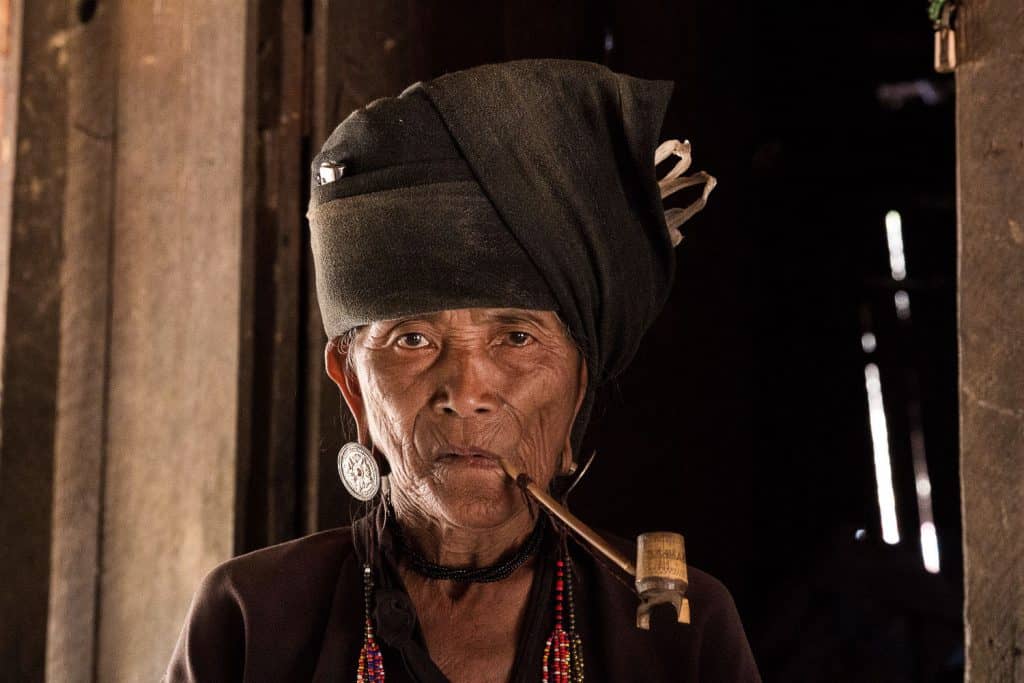After you’ve learned how to approach people and engage with them, what about reciprocation? Should you offer to pay them for their portraits? Should you buy something from them? There’s no right answer to these questions, and we judge each situation as it comes.
We don’t encourage paying someone for taking his portrait, especially in third world countries, since many times it creates a habit. People are expecting a payment, they might be rude about it, and in some countries, children are taken out of schools and go “work” in the streets by posing for tourists. If someone asks us for money, we simply smile, shake our heads and go away. A few times in the past, especially in Vietnam, I refused, and then the women called me back to take their portraits after all ; fter taking a few snaps, I bought some items from them.
Nevertheless, there’s an exception to that rule. Many times, especially in third-world countries and especially in pagodas or nunneries, it’s customary to donate a small amount of money for the living expenses of the nuns/monks. Other times, if you’d like to ask someone to pose for you and you are going to give them instructions and spend a while there, you should definitely consider paying him/her.
Other times, in local markets, for example, we usually buy something from the vendor. We’re always happy to have fresh fruit or nuts as a snack. When photographing local artists, we buy an item, and if we spend a long time there but know that the items are too heavy to carry, we do offer a small payment for their time.
When we visit local villages in third-world countries, we try to carry with us some simple toys, crayons, or stickers to give to the local children. Some say it’s a bad habit since they start to expect it (which might be true), but it’s a simple exchange, and it’s nice to see the pure joy of these children who often don’t have access to these kind of items.
No matter what, you should always offer to show your subject the picture you’ve taken. Sometimes they don’t want to see it, but many times they will be grateful for the offer and, if possible, ask to send it to them by email. Some people even carry a polaroid camera and give them the picture on the spot.


This is a nice tutorial. I will surely try it later. I think this tutorial will help me a lot. I would like to read more of your article in future. I wish you best of luck for your next article.
Many thanks for your kind words, glad it was helpful!
This is a nice blogwith having good content & best Visuals
Thank you so much for your kind words, we’re glad you like it 🙂